When you look at a mountain, or a valley, do you wonder how it got there?
When you look at a map of the world, have you ever noticed how the continents look as though they could almost fit together like a puzzle?
Earth is very old – over 4.5 billion years old. And the land on our planet is constantly moving and changing. It’s happening right NOW!
It’s weird to think about, right? I mean, we know about the water cycle, so we know water on Earth is moving and changing. And we know about wind and changing weather, so we know there’s lots going on in the atmosphere. Plants and animals are growing and moving. That’s no surprise. But sometimes we don’t think about how the very ground beneath us is also moving and changing.
Being the good scientific thinkers you are, I know you’re saying, “WHAT?!? That sounds a little CRAZY! What’s your EVIDENCE?” So, recently I traveled to the country of Iceland to gather some photographic evidence for you.

Ms. Christie-Blick climbing mountains in Iceland. They are all volcanoes in this picture. These have been dormant a long time. The “ground” you see is volcanic ash.
Iceland has many mountains because it sits between two continental plates. Since it is right at the edge of two plates, the ground here moves A LOT. This movement causes friction, which creates heat, melting rock underground.
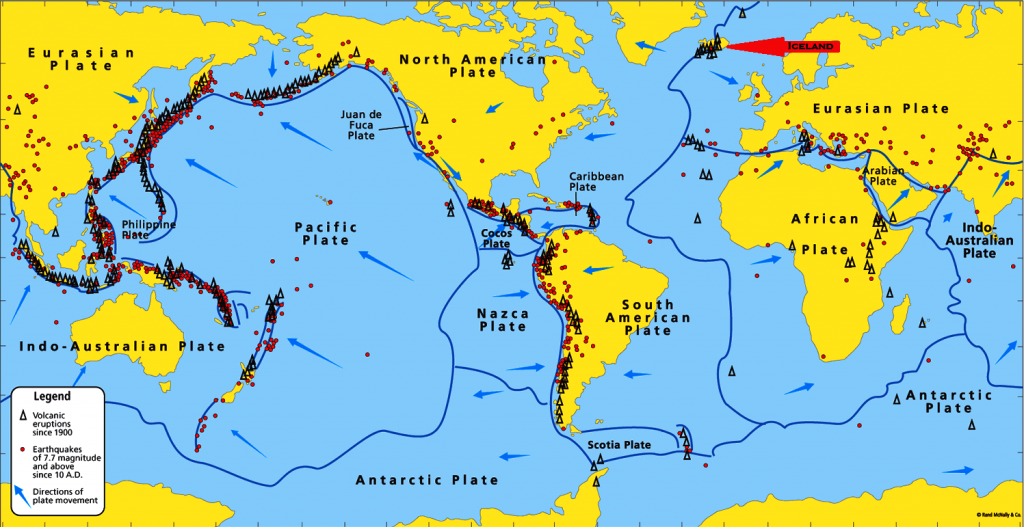
Can you find the country of Iceland? Part of the country is on the North American Plate, and part of it is on the Eurasian Plate. It’s on the boundary of both plates.
The underground natural heating creates some weird and wonderful phenomenon around Iceland, like mud pots….
and geysers.
The liquid rock under Iceland, called magma, sometimes breaks through the surface of the earth. We call this a volcano.
When it erupts, the liquid rock from under the earth pours onto the top of the earth and creates more land. As the lava cools, it mounds up higher and higher and can become a very tall mountain, or it can spread out.
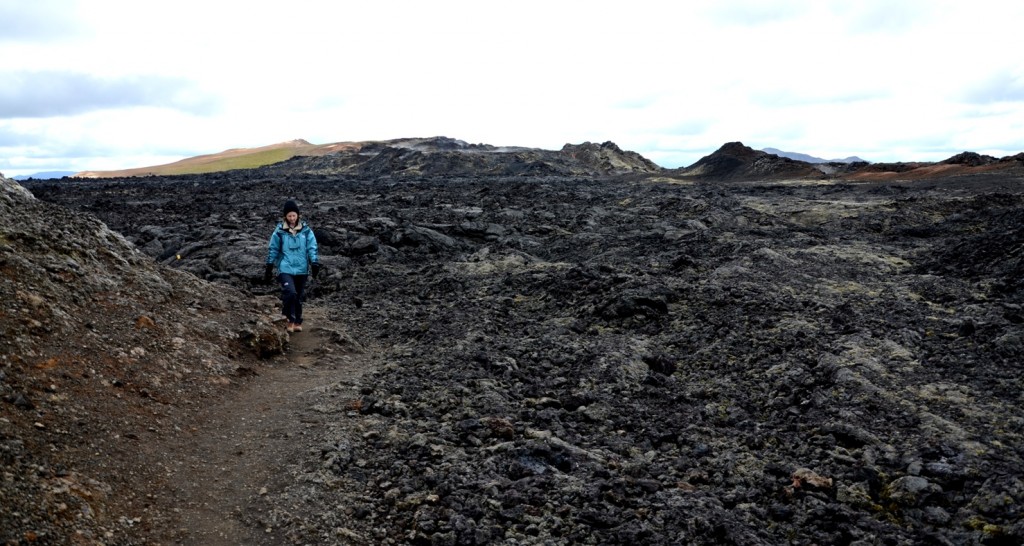
Ms. Christie-Blick walks across cooled lava, which has spread across the land for many miles in all directions.
I saw many different types of volcanic landscapes in Iceland – beautiful and fascinating! In some areas, the land was still very hot. I had to watch out where I stepped.
Other areas had cool ground but their tumultuous history left behind magnificent scenery.
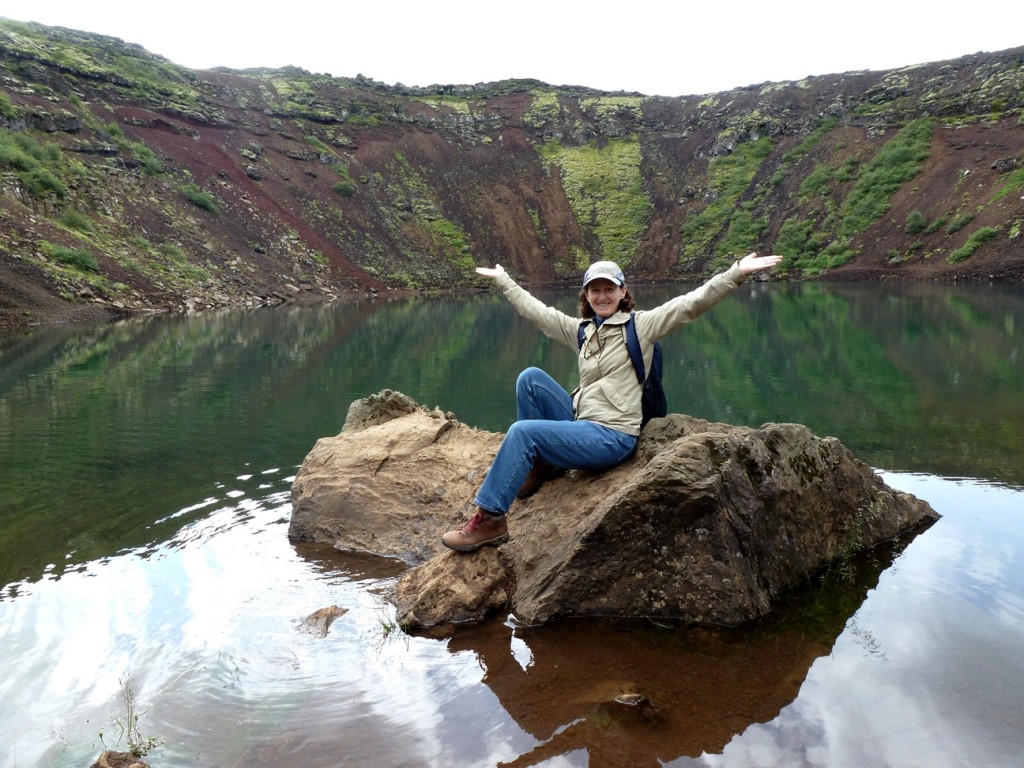
Ms. Christie-Blick inside the caldera of a volcano. It’s been dormant for a long time, and has filled up with rain water. (Chirpy is in the backpack.)

Lava poured out of a volcano and hardened into rock. Years later, an earthquake cracked it open. It filled with rain water and melted snow. Now people throw in coins and make a wish while picnicking at this beautiful spot!
Seismologists, scientists who study earthquakes, know that there’s usually some movement of the earth before a volcano erupts. Engineers have built monitors to detect the earth’s movement. Engineers and scientists work together to increase our understanding of the geosphere. Warning systems are in place to tell people when a volcano is about to erupt so they can move away from the area.
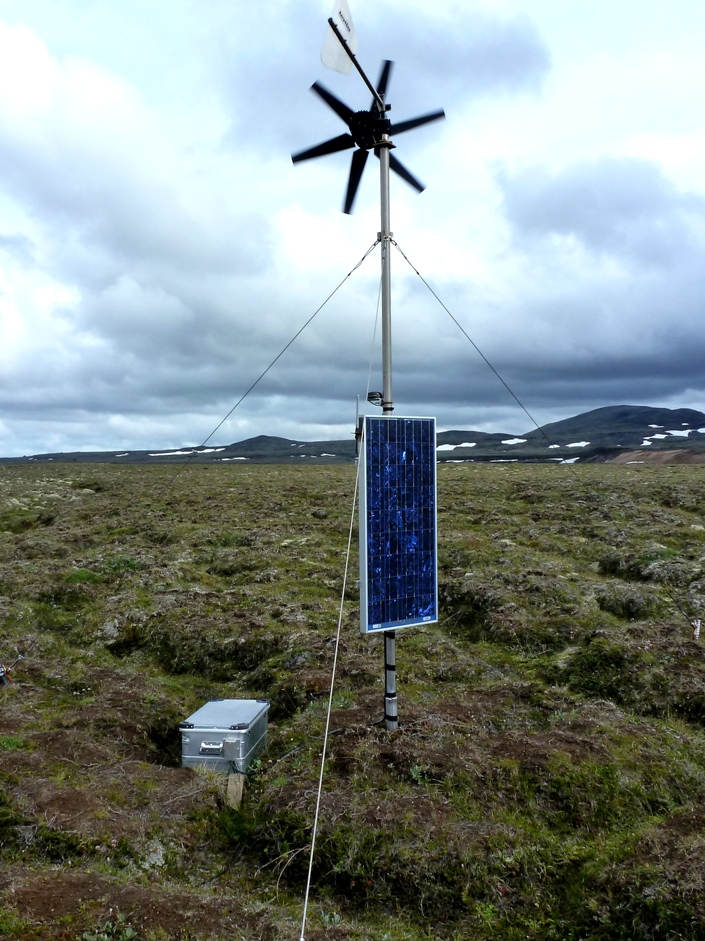
A measuring device in the metal box is placed near volcanoes. It’s powered by wind and sun. It sends information about ground movement to scientists’ computers.
When those large blocks of earth, continental plates, move away from each other, they can crack the earth wide open. We call this action of the geosphere an earthquake. Sometimes it creates a small crack in the ground.
Other times, it can create a very deep and wide crack, creating a valley. In the picture below, I’m inside one of those cracks caused by an earthquake, looking at what the inside of the earth looks like.
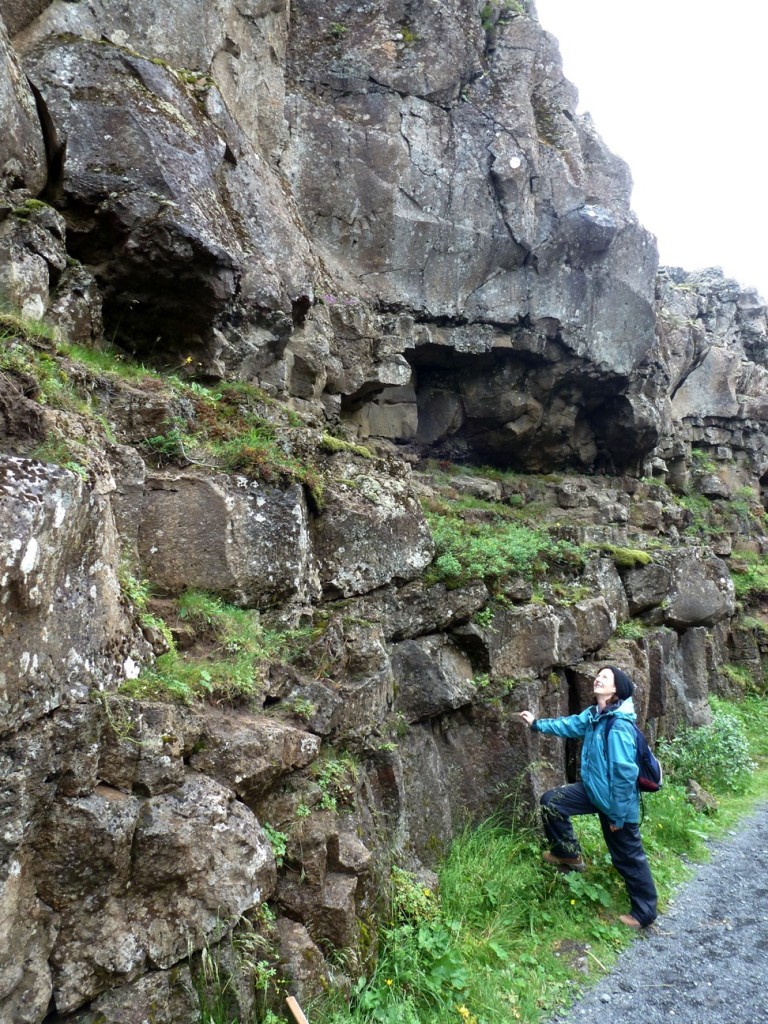
Ms. Christie-Blick inside the earth that has cracked open.
While movement of the geosphere can create beautiful landscapes, it also has an impact on the biosphere. People are often affected by the earth’s movement and changes, not only in Iceland, but in areas around the world, especially near areas where two continental plates meet.
On April 25, 2015, a strong earthquake was felt in Nepal, a country north of India. It broke apart buildings and roads. It started an avalanche on Mount Everest. This has had tragic consequences for thousands of people. Over 2000 people have died.

Buildings crumbled during the earthquake in Nepal, destroying property and lives.
The Bardarbunga volcano recently erupted in Iceland. The eruption went on for several months! Lava poured down its sides creating more land, and changing the landscape around it. Any human-made buildings or roads quickly got swallowed up by the lava.
As with Iceland, the Hawaiian Islands were created by volcanoes, and they continue to erupt.
The geosphere is active indeed, constantly changing the shape of the land and the lives of the people who live nearby.
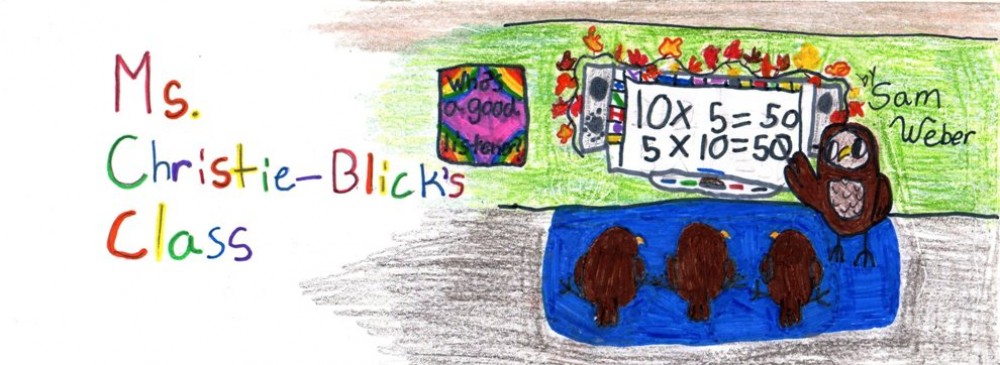



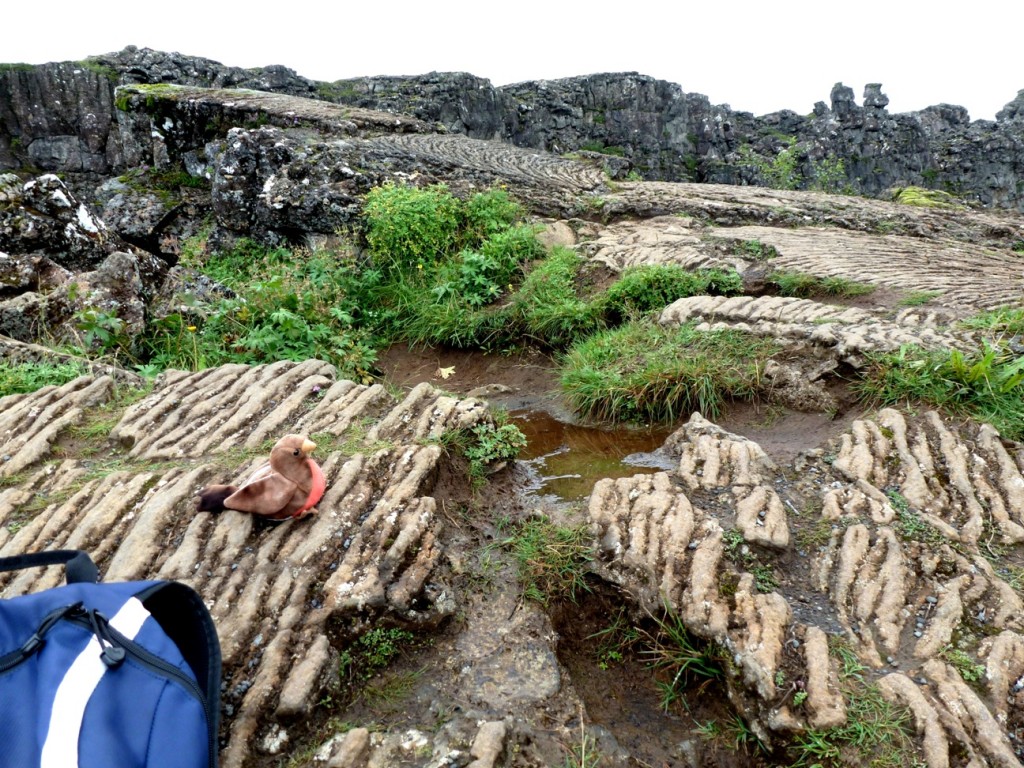
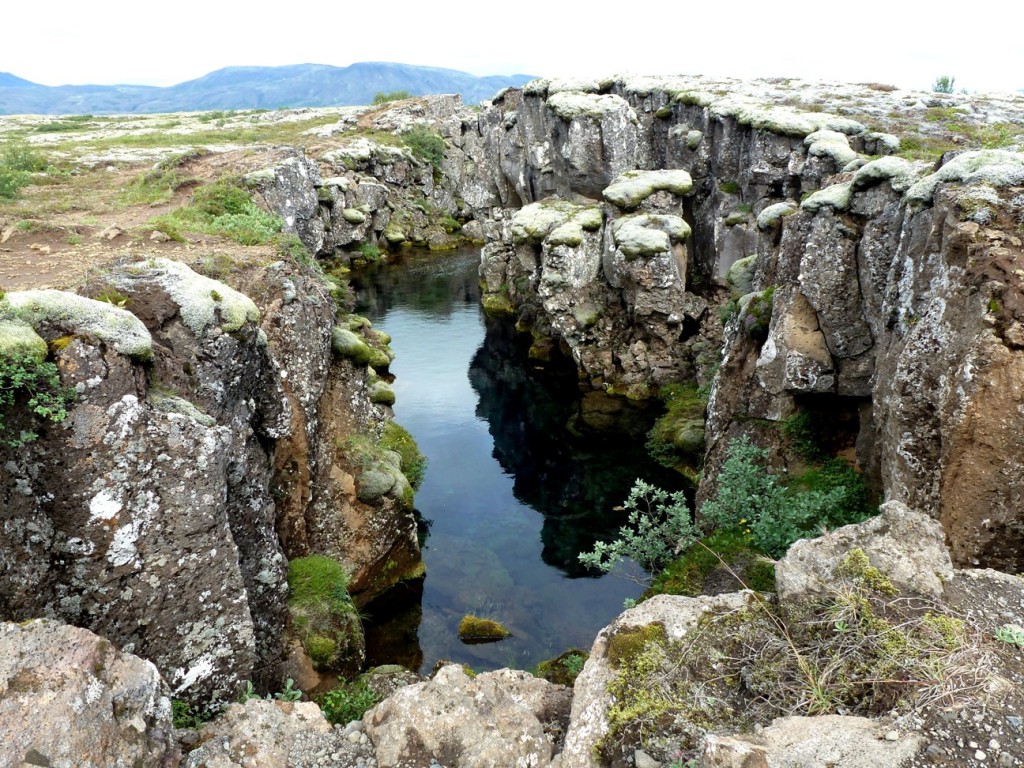
We never knew that the ground could be so hot that it could smoke! We wonder what it would feel like if you were to touch it?
Yeah , and it would pretty hot to touch it.
Somethings I learned while reading this was that the magma is able to burn almost anything also I learned that if an earthquake is to big people lose their lives and buildings get destroyed and that it is really tragic
Nolan-I learned that Iceland may have a lot of volcanic eruptions it could also have colder places as well. I also learned that earthquakes in the United States aren’t as bad as the ones in other places that can’t afford steel support beams.
Hela-I learned that volcanoes could last more than a year. The height is high and the lava/magma can kill you if you were even near it.
I learned that the Earth is over 4.5 billion years old.
we didn’t know what mud pots were until we watched the video. The mud pots looked really cool. We learned that the underground natural heating creates some weird and wonderful phenomenon around Iceland.
Yes we agree! We had no idea what they looked or even what they did before we watched the video. The size also suprised us.
Before, I didn’t know there were two types of earthquakes. Now I know that, and earthquake can make a crack- when they move apart- or, ones that make a valley by making a large and deep crack- when they move vertically-.
Yea we thought there was one earthquake and we thought that one just made mountains.
We learned that volcanoes can erupt for more than one year! It is tragic for so many people. People are very lucky to survive such a horrible experience.
We didn’t know a drone could get that close up without being melted by the hot rock. Very interesting.
I learned that there are lots of earthquakes and volcanos in Iceland.
Wow that is so cool. I never Knew a earthquake could knock down the whole city.
Gabriel and vanesa
vanesa and I learned that a helicopter can not get to close to volcanoes because the metal will burn.
It’s hard to believe so many people could die from one earthquake! 🙁
We didn’t know a drone can get all that footage without getting melted by the hot rock. Very interesting.
Kylee: I learned that during an earthquake the earth can get a small crack in the surface. I also learned that in iceland you can get a rocky type of hole called mud pots.
Andy: I learned that an earthquake can make lots of buildings fall down and it can kill or harm people.
The way the lava can get ropey from the lava is so cool.I didn’t know that geysers could be made by the hot gas under the ground.It is really cool.I wonder how far the lava can flow.I also wonderhow the volcanoe in iceland will affect the envirorment.I also wonder how it will afect the plants and animals in the area of the volcanoe.I also wonder how it will afect the people and the houses in the area.I think it it is really cool the way in the video the lava does exploding out the top. -Julia
I agree. I also think that it is cool the way the lava gets ropey.
I learned that the geosphere can be very dangerous. Earthquakes can crack a road in two and volcanoes just cover everything in there way.
I had never known that drones can get so close to a volcano. I also didn’t know there was earthquakes over category 5.
what is category 5?
It means, the higher the number, the larger and more destructive the earthquake is. 5 is a pretty bad earthquake.
a really big earthquake
NICK
I think that it is cool that drones could fly over the volcano and survive and not putting anyone at risk
I think it is cool too. They don’t have to put someone at risk and they can get new and better information!
We still don’t understand what a mud pot is, but what we do know, is that they are super cool! We learned that they are kind of like a geiser.
We didn’t know an earthquake can kill so many people and be such a natural disaster
Me neither
I learned that when two plates move away from each other it creates a big or small crack in the earth.
same
I learned that earthquakes can effect more than one country
i feel so bad for those people in nepal
I learned that earthquakes can be very powerful and destroy a lot of family’s homes. It was very cool that it could crack the road in half
Me too
Today in science I learned that a devastating earthquake shook Nepal not long ago. It was a 7.3 on the Richter Scale! If you didn’t know, the Richter Scale starts at 1 and each time you go up a digit it is 10 times worse!
I learned that they use a machine to tell if a volcano or earthquake is coming it is powered by the sun.
I didn’t know that lava can flow 1 yard an hour!